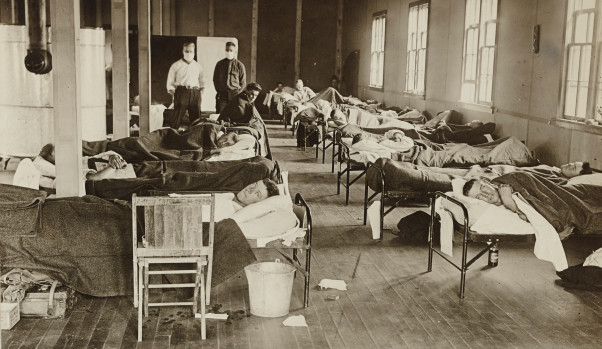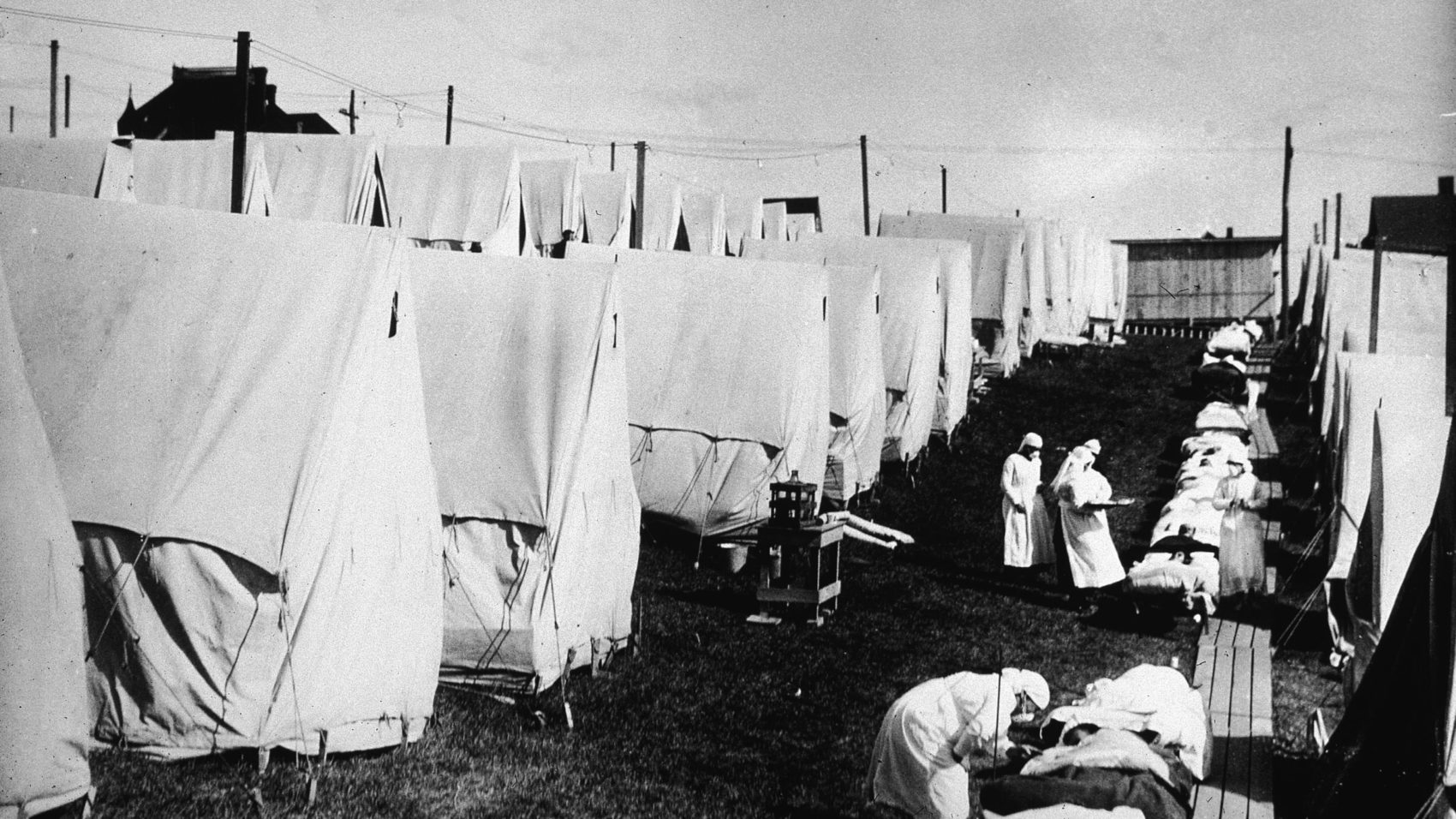
A little over a century ago Park City, Utah, the United States, and the rest of the world were overwhelmed with a horrible pandemic that killed more than 50 million people worldwide. Now, with the current COVID-19 pandemic, historians in Park City, Utah look to the past about how a ski town like theirs dealt with a similarly challenging situation a century ago.
KPCW, a public radio station in Park City, Utah, serving Summit and Wasatch counties, spoke with Larry Warren, a local historian and former KPCW General Manager, about how Park City, then a mining community, dealt with Spanish influenza.
Warren began by saying that the flu epidemic started in Kansas in 1918 and spread around the country. By the end of it all, a quarter of the world’s population had become infected, and somewhere between 17 and 50 million people died in 1918 and 1919.
He said that in 1918 the Park City employed the same shutdown methods being seen today with COVID-19.
“The mayor ordered people to wear masks. Six-layer gauze masks is what he said people ought to wear and that they ought to boil their mask every day,” Warren said. “The town was essentially closed down. There was more illness in Heber and in Salt Lake. And the mayor said no one could come into town from those places. Also, school was let out in November and December. So school was out nearly two full months. Schools re-opened December 30th when the number of cases went down.”

Warren told KPCW that 70 Park City residents were infected with the Spanish flu, and some 15 to 20 died.
“In those days, mining was going full tilt, and there were a lot of people with compromised lungs—the miners, who breathed in rock dust every day, had miner’s consumption, which made it difficult to breathe anyway. So they were probably compromised and were among the dead,” Warren said.
The pandemic brought controversy, local doctors disagreed on how severe the shutdown should be, and with quarantines came protests.
“When someone had a flu patient in their home, that home was quarantined with a sign posted that no one should come in or out,” Warren said. “One of the gossip columns, the Park Float was the name of the column. It said, “People are treating the quarantine as a joke. And it pretty much is a joke,” without further elaboration. So apparently that rule was frequently violated.”
Warren then added that Park City lifted of its shutdown on January 1st, 1919 only to see 22 new Spanish Flu cases pop up, compelling the mining town to shut down again. But after that, Warren said, the new cases ran their course in just a couple of weeks.
It’s crucial to take this current situation seriously and to abide by social distancing protocols and stay home when you can. It’s the only way we can prevent the spread of the novel coronavirus for now. It should also be noted that once infection rates initially go down and communities beginning reopening the economy and jumping back into ‘business as usual,’ a secondary resurgence of infections could arise. Therefore, local and state governments should tread lightly when doing so.
The full podcast with KPCW and historian Larry Warren can be listened to here.